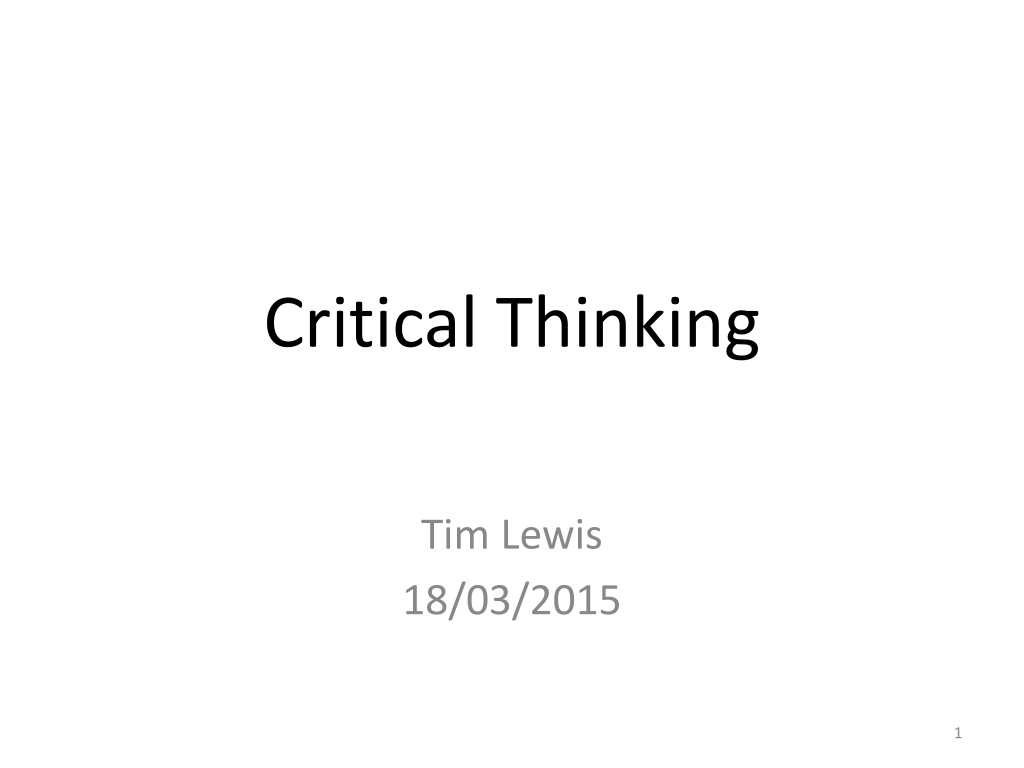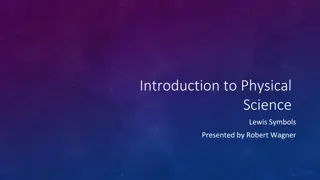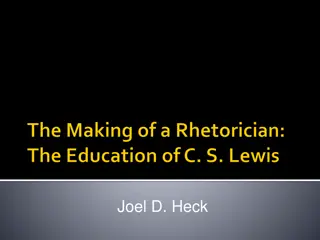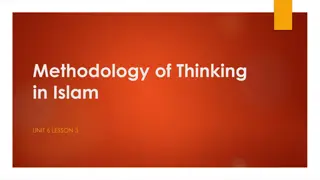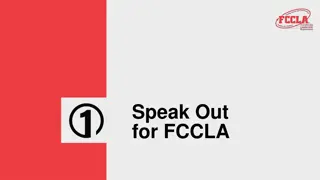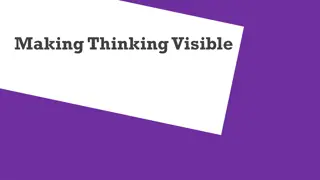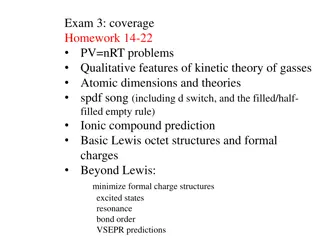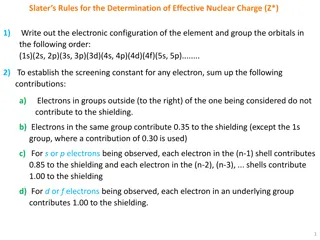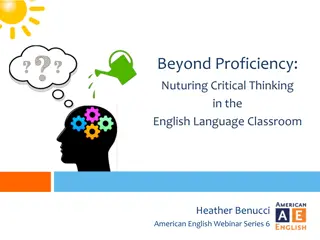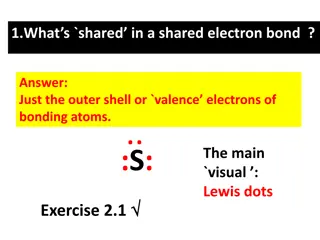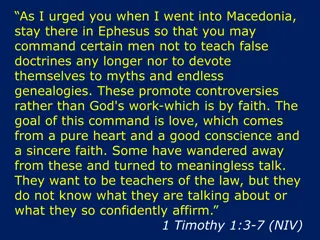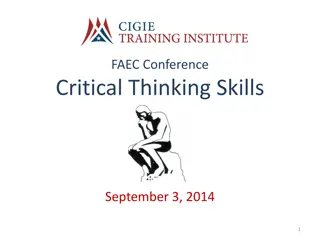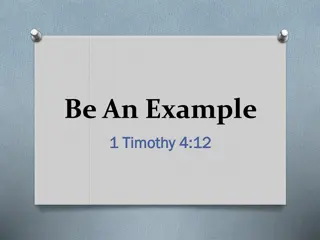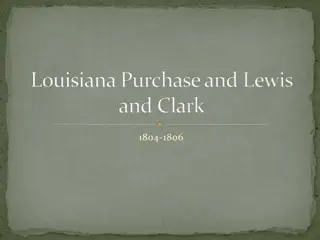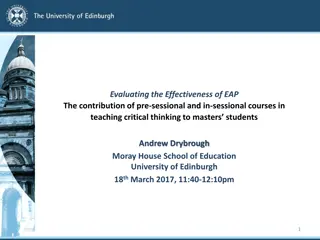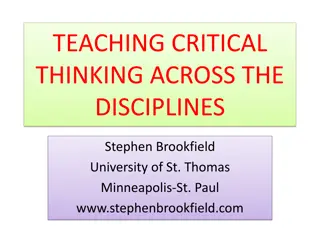Critical Thinking, Hypotheses, and Arguments
Explore the concepts of critical thinking, hypotheses, and arguments in this informative content. Learn about the definition of hypotheses, the nature of arguments, and syllogisms. Delve into the world of logical reasoning and the foundations of thought processes.
Download Presentation

Please find below an Image/Link to download the presentation.
The content on the website is provided AS IS for your information and personal use only. It may not be sold, licensed, or shared on other websites without obtaining consent from the author.If you encounter any issues during the download, it is possible that the publisher has removed the file from their server.
You are allowed to download the files provided on this website for personal or commercial use, subject to the condition that they are used lawfully. All files are the property of their respective owners.
The content on the website is provided AS IS for your information and personal use only. It may not be sold, licensed, or shared on other websites without obtaining consent from the author.
E N D
Presentation Transcript
Critical Thinking Tim Lewis 18/03/2015 1
Hypothesis An hypothesis is a specific statement of prediction. It describes in concrete (rather than theoretical) terms what you expect will happen in your study. Not all studies have hypotheses. Sometimes a study is designed to be exploratory. There is no formal hypothesis, and perhaps the purpose of the study is to explore some area more thoroughly in order to develop some specific hypothesis or prediction that can be tested in future research. A single study may have one or many hypotheses. http://www.socialresearchmethods.net/kb/hypothes.p hp 2
Hypothesis (OED) A proposition or principle put forth or stated merely as the basis for reasoning or argument, or as a premise from which to draw a conclusion. 3
Thesis (OED) A proposition laid down or stated, esp. as a theme to be discussed and proved, or to be maintained against attack. A dissertation to maintain and prove a thesis; especially one written or delivered by a candidate for a university degree 1653. 4
Argument an argument is an attempt to persuade someone of something, by giving reasons for accepting a particular conclusion as evident. The general structure of an argument is that of premises (typically in the form of propositions, statements or sentences) in support of a claim: the conclusion 6
Syllogisms (Major) Premise : All men are mortal (Minor) Premise : Socrates is a man Conclusion: Therefore Socrates is mortal (Major) Premise : All kittens are playful (Minor) Premise: Some pets are kittens (Conclusion): Some pets are playful. 7
Syllogism -definition A syllogism is a kind of logical argument in which one proposition is inferred from two or more others (the premises) of a specific form. A syllogism has three parts: major premise, minor premise, and conclusion. The major premise of a syllogism makes a general statement that the writer believes to be true. The minor premise presents a specific example of the belief that is stated in the major premise. If the reasoning is sound, the conclusion should follow from the two premises. 8
False Syllogisms All dogs can fly. Fido is a dog. Fido can fly. Slavery is work. Slavery is evil. Therefore all work is evil. 9
Deductive Argument Deductive reasoning is the process of reasoning from one or more general statements (premises) to reach a logically certain conclusion. Premises are linked with conclusions by a process of inference. If all premises are true, the terms are clear, and the rules of deductive logic are followed, then the conclusion reached is necessarily true. 10
Inductive Argument Inductive reasoning is reasoning in which the premises seek to supply strong evidence for (not absolute proof of) the truth of the conclusion. While the conclusion of a deductive argument is supposed to be certain, the truth of an inductive argument is supposed to be probable, based upon the evidence given. Inductive reasoning forms the basis of most scientific theories e.g.; Darwinism, Big Bang Theory and Einstein s Theory of Relativity. 11
Arguments: logic and rhetoric The standards and criteria used in evaluating arguments and their forms of reasoning are studied in logic. Ways of formulating arguments effectively are studied in rhetoric (also known as argumentation theory). 12
Deduction and Induction Handout 13
Fallacies (1) Guilt by Association: Hitler was a vegetarian, therefore, I don t trust vegetarians. Ad Hominem: Don t listen to Eddie s arguments on education, he s an idiot. Appeal to Authority: Well, Isaac Newton believed in Alchemy, do you think you know more than Isaac Newton? 14
Fallacies (2) Argument from Ignorance: No one has been able to disprove the existence of UFOs, therefore they exist. Non sequitur: I read about a pitbull attack. My neighbour owns a pitbull. My life is in danger. Slippery slope: If voluntary euthanasia is legalised it will be impossible to avoid the legalisation, or, at least, toleration, of non- voluntary euthanasia. 15
Activities 1. The Sun says: Arrogant Left Reconstitute the argument of this Sun editorial in the form of a syllogism (a deductive argument). 2. Sex Vote Labour Chiefs/Scientists Hidden Links to the GM Food Giants What kind of arguments are being used in these two handouts? 16
Sun Leader as syllogism P1 Senior members of the Labour Party tolerated paedophiles in the 1970s. P2 Their refusal to apologize for this has been supported by Ed Miliband as party leader. C He and they are guilty of arrogant defiance. 17
SOUND ARGUMENTS DEDUCTIVE arguments are SOUND when the premises are TRUE and the LOGIC is VALID. INDUCTIVE arguments are SOUND when the supporting EVIDENCE for them is judged to be ACCEPTABLE and RELEVANT. 18
Evidence Evidence, broadly construed, is anything presented in support of an assertion. This support may be strong or weak. The strongest type of evidence is that which provides direct proof of the truth of an assertion. At the other extreme is evidence that is merely consistent with an assertion but does not rule out other, contradictory assertions, as in circumstantial evidence. 20
Scientific Evidence Scientific evidence consists of observations and experimental results that serve to support, refute, or modify a scientific hypothesis or theory, when collected and interpreted in accordance with the scientific method. 21
Handouts Home Secretary speech on `An immigration system that works in the national interest Article by Jonathan Portes (National Institute of Economic and Social Research) `Theresa May s immigration speech: facts or fiction Article by Andrew Grice (Political Editor, The Independent) `May s stance on immigration and jobs not proven 22
Using Evidence 1 1. Read pp. 1-4 of Theresa May s speech: `An Immigration system that works in the national interest . 2. List all the sources of evidence identified by Theresa May. (pp. 1 & 4) 3. List the three areas in which May claims immigration has a negative impact. (pp.2-3) 4. Identify any conclusions for which May says that there is `evidence . (pp. 3-4) 23
Sources of evidence identified by Theresa May: yesterday s census statistics (p.1) official statistics released two weeks ago (p.1) Home Office visa statistics (p.1) which are more up to date than net migration figures (p.1) the Migration Advisory Committee report (p.4) which is based on several academic studies (p. 4) 24
The three areas in which May claims immigration has a negative impact social cohesion (p. 2) infrastructure (especially housing) and public services (p.3) employment (jobs and wages) (p.3) 25
Conclusions for which May says that there is `evidence ` There is evidence that without the demand caused by mass immigration, house prices could be ten per cent lower over a twenty year period (p.3) `There is evidence that immigration puts downward pressure on wages (p.4) `That is evidence of an immigration system that does not work in the national interest (p.4) 26
Using Evidence 2 Read Jonathan Portes Article `Theresa May s immigration speech: facts or fiction? List up to five main criticisms Jonathan Portes makes of Theresa May s use of evidence 27
Five criticisms of Theresa Mays use of evidence 1. May s use of statistical evidence is HIGHLY SELECTIVE (p.2). She OMITS inconvenient points and restrictions (p.4). 2. May EXAGGERATES, or goes `well beyond what the MAC said or what the research actually found . (p.2) 3. May argues by IMPLICATION and (p.3) 4. Some of May s arguments ARE NOT BORNE OUT by, or are CONTRARY to the evidence. (p.3) 5. May s IDENTIFICATION OF the SOURCES for some of her claims is UNCLEAR. (p.4) 28
How to deal with evidence 1. Present ALL the evidence you have, or at least a REPRESENTATIVE SAMPLE of it. 2. DO NOT EXAGGERATE the claims you make, beyond what the evidence will bear. 3. Make your arguments OVERT and EXPLICIT. 4. Check that your ARGUMENTS are IN LINE WITH the EVIDENCE 5. Always IDENTIFY YOUR SOURCES CLEARLY and as SPECIFICALLY as possible (to enable verification). 29
Handout and Activity 1. Read Wallace and Wray, Chapter 3 `Getting Started on Critical Reading (pp. 28-35) and 2. Answer the questions on the worksheet 31
References http://www.socialresearchmethods.net/kb/ http://plato.stanford.edu/entries/logic- informal/ Mike Wallace and Alison Wray, Critical Reading and Writing for Postgraduates, 2nd edition (London: Sage, 2011) Christopher W. Tindale, Rhetorical Argumentation: Principles of Theory and Practice (Sage: Thousand Oaks Ca, 2004) 32
